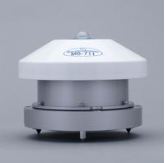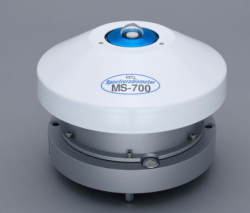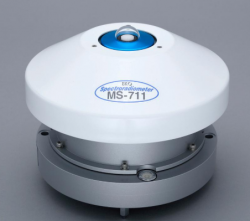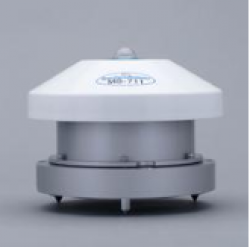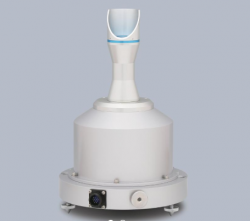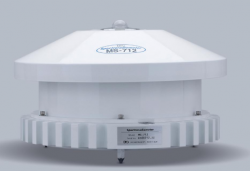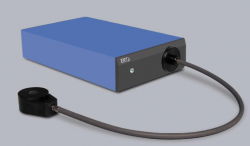WISER II Spectroradiometer
The WISER II is a combination of the MS-711 and MS-713 to measure the solar spectral distribution in the range 300-2550nm.
For solar spectral research, we believe only one measurement concept can be the best. The combination of MS-711 and MS-713, called WISER II is the reference in the market and designed to provide the most accurate solar spectral data outdoors.
The MS-711 and MS-713 spectroradiometer are unique all weather concept spectroradiometers with no moving parts and temperature controlled spectrometers. The MS-713 can be used stand alone, but in combination with the MS-711 it covers the spectral range from 300nm to 2550nm. MS-711 measures in the range from 300nm and 1100nm, and MS-713 covers the near-infrared (NIR) range between 900nm and 2550nm. Both spectroradiometers are accurately calibrated with traceability to the International Standards and issued with a calibration uncertainty budget.
Other
MS-700N Spectroradiometer
The MS-700N provides the most accurate solar spectral data outdoors. The MS-700N is a unique all weather sensor, without any moving parts.
MS-711 Spectroradiometer
The new generation grating spectroradiometer MS-711 is designed to provide the most accurate solar spectral data outdoors.
WISER I Spectroradiometer
The WISER I is a combination of the MS-711 and MS-712 to measure the solar spectra distribution in the range 300-1700nm.
MS-711 DNI Spectroradiometer
The new generation grating spectroradiometer MS-711 DNI is designed to provide the most accurate solar spectral data outdoors.
MS-712 Spectroradiometer
The MS-712 can be used stand alone, but commonly used in combination with the MS-711 it covers the spectral range from 300nm to 1700nm.
MS-713 Spectroradiometer
The MS-713 can be used stand alone, but is commonly used in combination with the MS-711 It covers the spectral range from 300nm to 2550nm.
LS-100 Spectroradiometer
The LS-100 grating spectroradiometer is designed for measuring the spectral irradiance of solar simulators which are used in solar cells research.
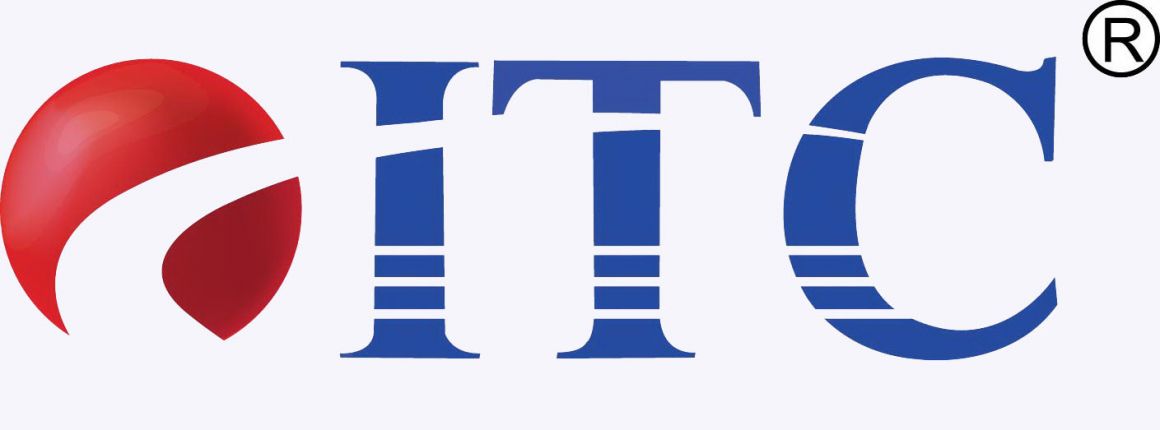
 Telecommunications -IT
Telecommunications -IT Industrial Communication
Industrial Communication IP-PBX system
IP-PBX system Energy Equipment
Energy Equipment Extra Low Voltage
Extra Low Voltage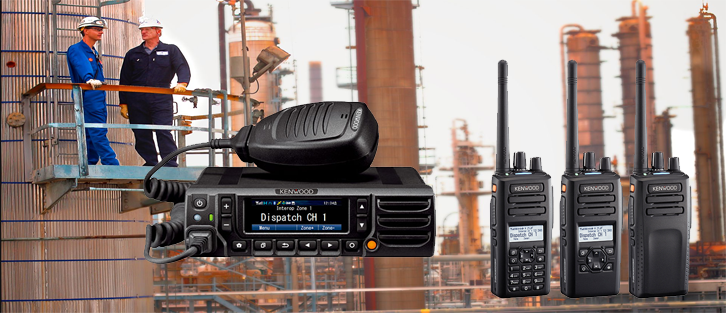 VHF-UHF System
VHF-UHF System